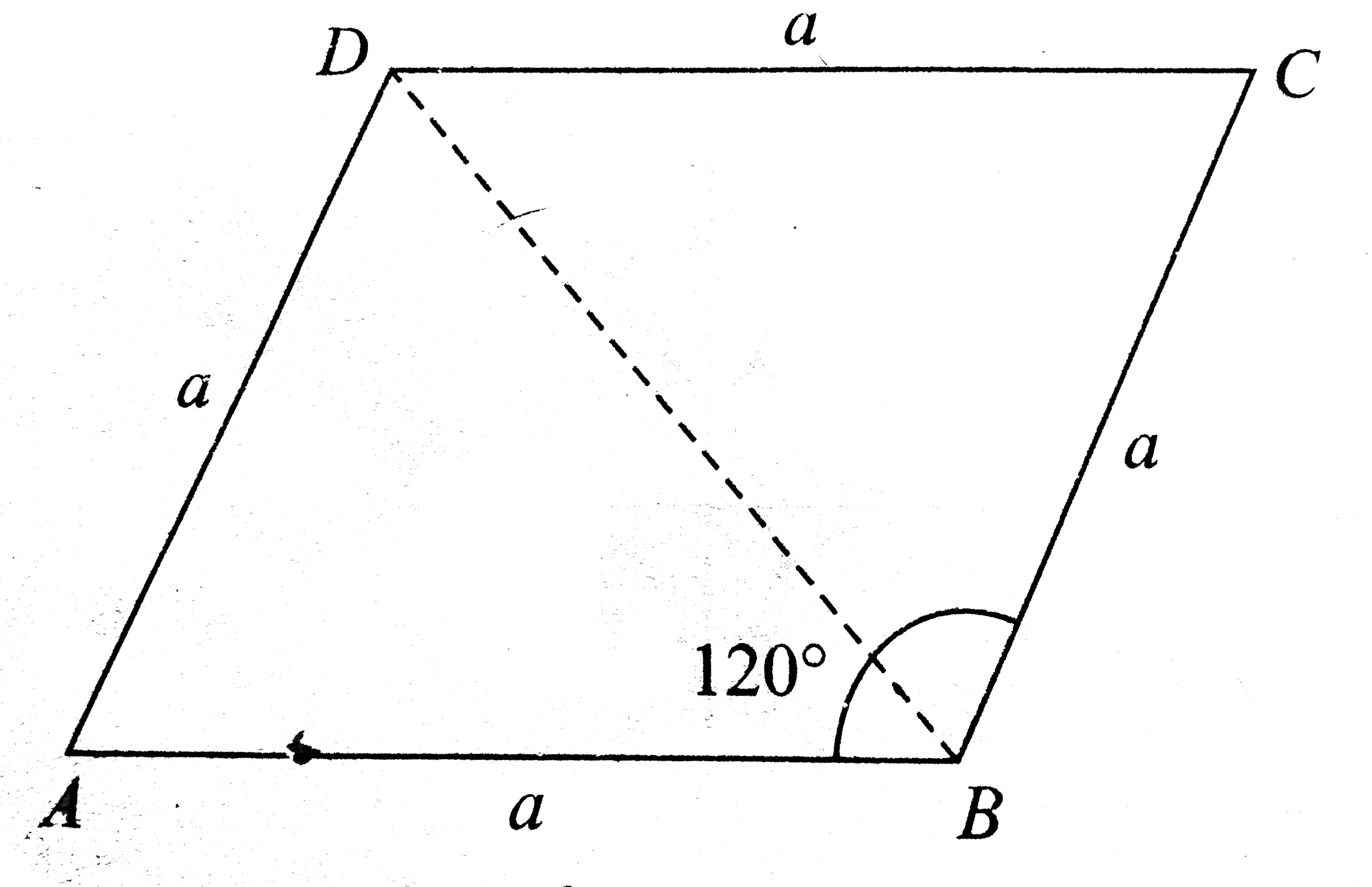The longer side of a rectangle is twice the length of its shorter side .A charge q is kept at one vertex.The maximum electric potential due to that charge at any other vertex is V, then the minimum electric potential at any other vertex will be
2V
√3V
V/√5
√5V
The correct Answer is:3
long and short diagonal lengths are √p2+q2±pqcosθ
Topper's Solved these Questions
- ELECTROSTATICS AND GAUSS LAWBOOK - NARAYNACHAPTER - ELECTROSTATICS AND GAUSS LAWEXERCISE - Level 1
8 Videos
- ELECTROSTATICS AND GAUSS LAWBOOK - NARAYNACHAPTER - ELECTROSTATICS AND GAUSS LAWEXERCISE - Level 2
10 Videos
- ELECTROSTATICS AND GAUSS LAWBOOK - NARAYNACHAPTER - ELECTROSTATICS AND GAUSS LAWEXERCISE - Level II(C.W)
27 Videos
- ELECTROSTATIC POTENTIAL AND CAPACITANCEBOOK - NARAYNACHAPTER - ELECTROSTATIC POTENTIAL AND CAPACITANCEEXERCISE - ADDITIONAL PROBLEMS
14 Videos
- EXPERIMENTAL PHYSICSBOOK - NARAYNACHAPTER - EXPERIMENTAL PHYSICSEXERCISE - Comprehension type
6 Videos
Similar Questions
[" ABCD is a square,An electric charge + "Q" is kept at the vertex A.The electric intensity at "B" has a "],[" magnitude of "E" .Then the magnitude of the electric intensity at "C" will be "]
View Solution[" ABCD is a square,An electric charge + "Q" is kept at the vertex A.The electric intensity at "B" has a "],[" magnitude of "E" .Then the magnitude of the electric intensity at "C" will be "]
View Solution
Knowledge Check
A cube of side x has a charge q at each of its vertices. Determine the potential due to this charge array at the center of the cube.
A4q3πε0xB4q√3πε0xC3q4πε0xD2q√3πε0xIf the base of a triangle and the ratio of the lengths of the other two unequal sides are given, then the vertex lies on
A. straight lineBcircleCellipseDparabola
If the base of a triangle and the ratio of the lengths of the other two unequal sides are given, then the vertex lies on
View SolutionIf the base of a triangle and the ratio of the lengths of the other two unequal sides are given, then the vertex lies on
View SolutionIf a line through one vertex of a triangle divides the opposite sides in the Ratio of other two sides; then the line bisects the angle at the vertex.
View SolutionA cube of side b has a charge q at each of its vertices. Determine the potential and electric field due to this charge array at the center of the cube.
View SolutionA cube of side b has a charge q at each of its vertices. Determine the potential and electric field due to this charge array at the center of the cube.
View SolutionA charge +Q at A as shown produces electric field E and electric potential V at D. If we now put charges −3Q and +Q at B and C, respectively, then the electric field and potential at D will be
 .
.
View Solution
